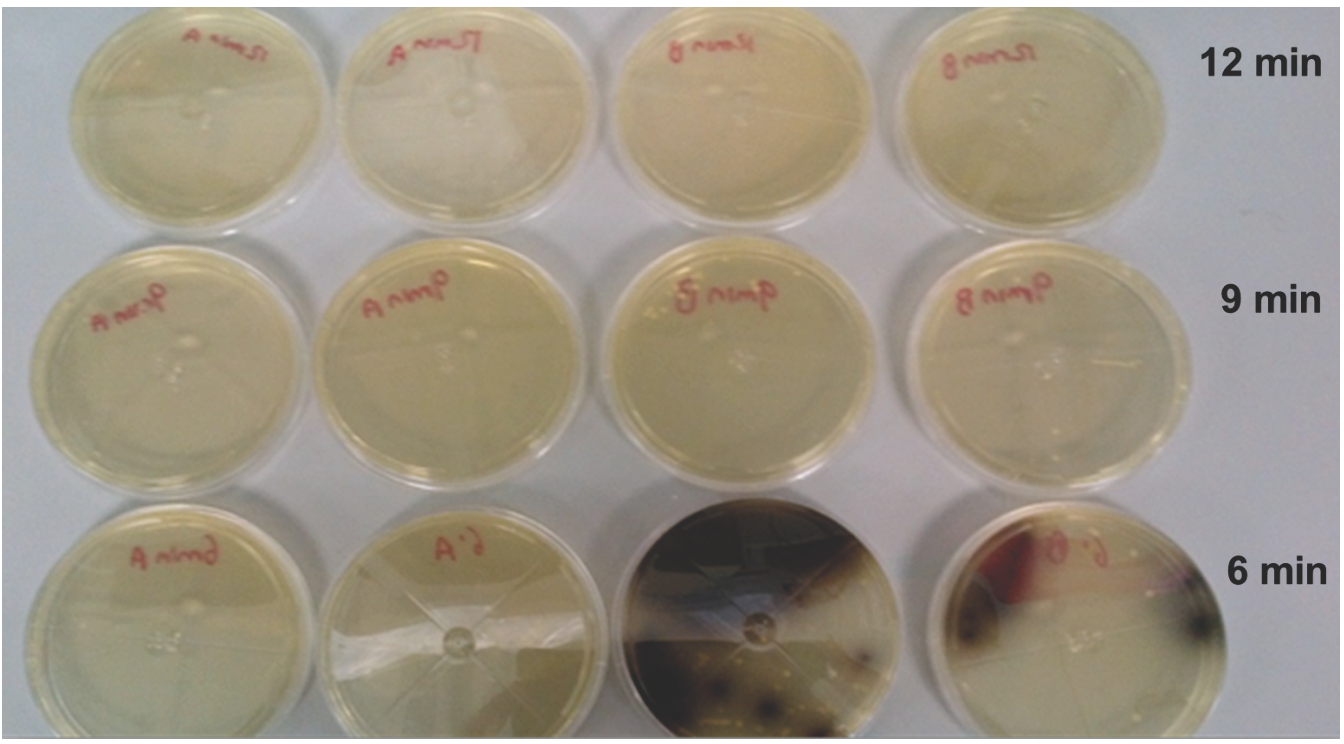 |
|
Raw milk cold pasteurization may be achieved by combining high pressure processing (HPP) with other (a)biotic factors. In this study, a combined approach involving HPP and biopreservation by in-situ nisin synthesis was evaluated. UHT and raw bovine milk were inoculated with Listeria innocua and treated with HPP (350-600 MPa), or HPP+nisin synthesized in-situ by Lactococcus lactis Rif L+ (LUQ2). HPP treatments of commercial UHT milk yielded two decimal reductions (SVHPP = 2 log10 reductions) of L. innocua with 550 MPa/3min, while the HPP+nisin approach yielded <10 cfu ml-1 under the same pressure-time conditions. Native Listeria monocytogenes was found in raw milk (~102 cfu ml-1) and the total Listeria spp. counts increased to ~109 cfu ml-1 with the L. innocua inoculum. HPP milk pasteurization (SVHPP ≥ 5 log10, aerobic plate count; <1 cfu ml-1, Listeria spp.) was viable by using 600 MPa/12 min, whereas at this pressure level the HPP+nisin approach resulted in milk pasteurization at holding times between 6 and 9 min. Furthermore, LUQ2 synthesized 9.75±0.54 IU ml-1 of nisin, which is below the FAO/WHO limit (500 IU g-1) suggesting that the promising HPP+nisin approach could be further optimized.
Keywords: high pressure processing (HPP), nisin, Listeria, raw milk, Lactococcus lactis.
|
|
 |

